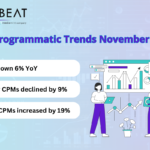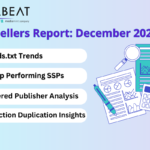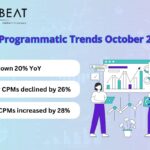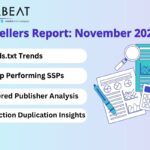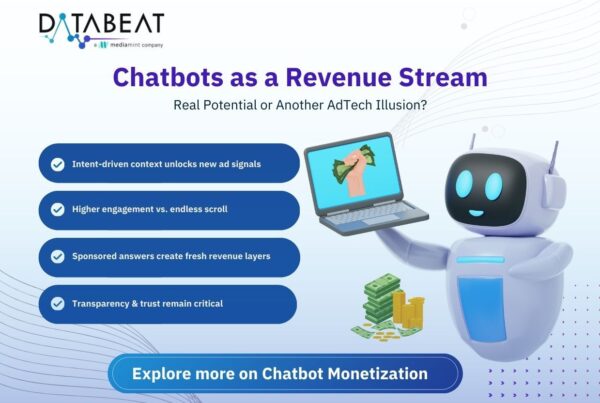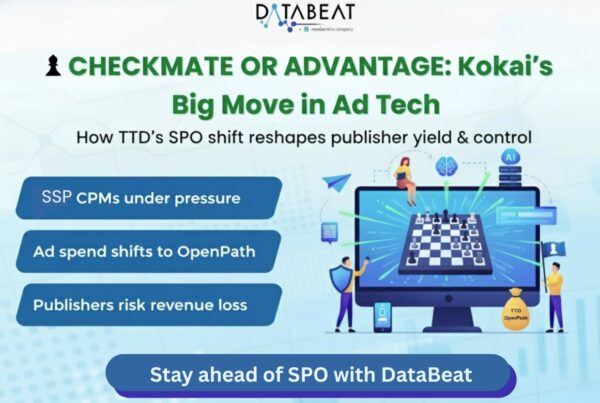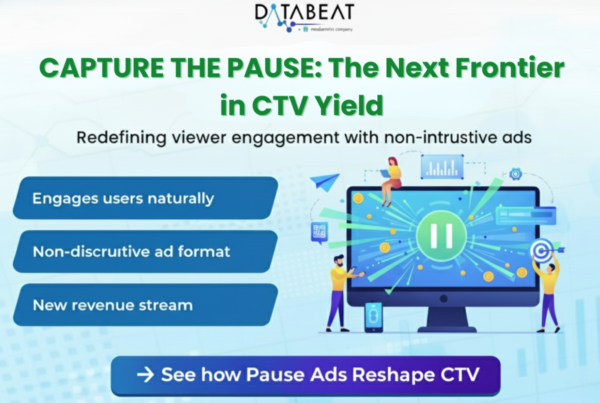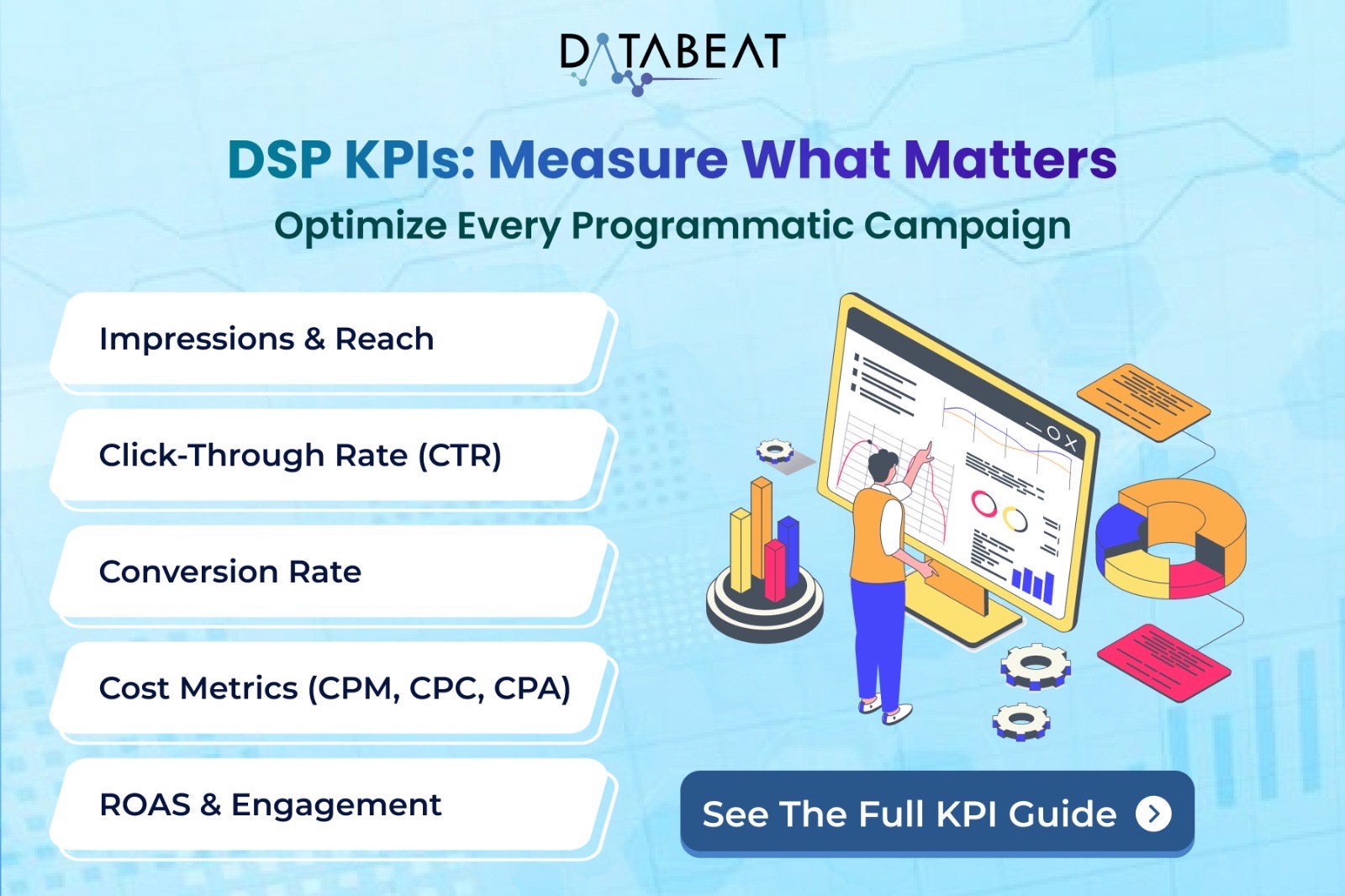
Key Performance Indicators (KPIs) assist you in monitoring how successful your programmatic ad campaigns are. KPIs inform your decisions, enhance the performance of ads, and enable you to use your budget effectively. From brand awareness creation to generating sales, appropriate KPIs indicate whether your campaign is successful or needs to be altered.
What are KPIs?
KPIs will enable you to stay in front of the competition by allowing you to make quick decisions.
Let’s just say programmatic advertising kpis are the most crucial and the most effective tool in today’s fast-paced and competitive post-pandemic market as they enable you to make productive decisions about your programmatic campaign performance and the ad spend in general.
Programmatic Advertising Campaign Success: How is it Measured?
In order to measure success in programmatic advertising, DSPs use certain KPIs. These KPIs are the measuring sticks by which marketing teams can monitor performance and optimize spend through digital campaigns.
10 crucial programmatic KPIs that Demand-Side Platforms often track:
- Impressions
It approximates the number of times an ad is shown to users. Although high impressions signify broad reach, it is also important to observe whether the impressions translate to good engagement.
- Click-Through Rate (CTR)
CTR calculates the number of users who click on an ad when they view it. When the ad content is good and appealing to the target users, then it has a high CTR.
Formula:
CTR (%) = (Total Clicks / Total Impressions) × 100
- Conversion Rate
In addition to clicks, conversion rate refers to the portion of users that perform an action, for instance, make a purchase or sign up to receive a newsletter, following ad clicks.
Formula:
Conversion Rate (%) = (Total Conversions / Total Clicks) × 100
- Cost Per Mille (CPM)
CPM is the cost of serving 1000 ad impressions. It is a common unit of measuring budgeting and cost-effectiveness for the campaigns.
Formula:
CPM = (Revenue / Total Impressions) × 1,000
- Cost Per Click (CPC)
CPC determines the average paid price per click on the ads. Cap on CPC allows measurement of the money effectiveness of the campaigns.
Formula:
CPC = Total Cost / Total Clicks
- Viewability Rate
This measure quantifies how much of an ad really ends up in front of users, providing the ad with the opportunity to be effective.
Formula:
Viewability Rate (%) = (Viewable Impressions / Total Impressions) × 100
- Return on Ad Spend (ROAS)
ROAS measures revenue generated per ad dollar spent. It’s a direct measure of profitability of a campaign.
Formula:
ROAS = Revenue from Ads / Total Ad Spend
- Effective Cost Per Mille (eCPM)
eCPM offers a single metric to compare revenue across various ad sizes and price mechanisms, allowing for full performance measurement.
Formula:
eCPM = (Total Earnings / Total Impressions) × 1,000
- Fill Rate
Fill rate measures the number of ad requests filled successfully with ads. Low fill rate can reflect demand or targeting issues.
Formula:
Fill Rate (%) = (Impressions / Total Ad Requests) × 100
- Detailed Page Views
This KPI quantifies the volume of users engaging at a deeper level by visiting multiple pages within a site following the click of an ad, symbolizing higher engagement levels.
Campaign Types & Their KPIs:
Every campaign type has certain objectives, and its success is evaluated through other KPIs. DSPs usually have campaigns for brand awareness, conversions, product launches, engagement, or cross-device reach.
How Programmatic KPIs Differ for Every Campaign Type:
- Brand Awareness Campaigns
Aimed at creating maximum awareness and making a brand top-of-mind with potential prospects. Meant to address big audiences with powerful messages and imagery. The goal is not direct response but recall on the brand level. Impressions, reach, and viewability are the most important metrics. Typically utilized at the top of the marketing funnel.
Key KPIs:
– Impressions: Ad exposures.
– Reach: Unique users exposed to the ad.
– Viewability Rate: Viewable ad ratio.
– Cost Per Mille (CPM): Cost for 1,000 impressions.
– Brand Lift: Brand lift (typically survey-based).
- Performance & Conversion Campaigns
Designed to produce exact user behavior such as purchases, sign-ups, and downloads. Highly result-driven and ROI-optimized ads. Using exact targeting for delivering content to high-intent audiences. Great KPIs such as CTR, conversion rate, CPC, CPA, and ROAS. Best used for bottom-funnel objectives.
Major KPIs:
– Click-Through Rate (CTR): Users who clicked on the ad.
– Conversion Rate: Users who completed a desired action.
– Cost Per Click (CPC): Average cost per click.
– Cost Per Acquisition (CPA): Cost to get the lead or customer.
– Return on Ad Spend (ROAS): Revenue per dollar spent.
- Product Launch Campaigns
These campaigns finance testing new products or services into the market. It’s all about making it hip, creating awareness, and persuading early adopters. There are used metrics of awareness as well as performance along with each other to measure success. They are targeting both new as well as existing customers. New-to-brand conversion as well as engagement are typically key measures.
Key KPIs:
– Impressions & Reach: Maximum reach through various audiences.
– CTR: Individuals expressing interest in the product.
– Conversion Rate: Tracks user behavior (e.g., sign-ups, pre-orders).
– New-to-Brand Metrics: First-time customers’ conversion percentage.
- Video Advertising Campaigns
Video campaigns are meant to motivate and mobilize users with dynamic content. They are best used for brand storytelling and communication for a short time. Performance can be measured in terms of completion rates and engagement of users. They are generally run across platforms like YouTube, social media, and OTT platforms. Awareness as well as engagement goals suit them.
Key KPIs:
– Video Completion Rate (VCR): Users who watched the video through to the end as a percentage.
– Cost Per Completed View (CPCV): Average cost per completed video.
– Engagement Rate: Likes, shares, comments (if social/video ads).
- Mobile & Cross-Device Campaigns
These campaigns enable users to have a uniform ad experience across smartphones, tablets, and desktops. They track user behavior between devices to deliver consistent messaging. Best suited for audiences always on the move or constantly switching between devices. KPIs include mobile CTR, cross-device conversions, and frequency. Most relevant for single digital strategy and retargeting.
Key KPIs:
– Mobile CTR (mCTR): Mobile click-through rate.
– Cross-Device Conversions: Track activity between devices (e.g., mobile click to desktop buy).
– Frequency: Average impressions per user.
Conclusion
Every campaign is different, and using the correct programmatic advertising kpis guarantees success measurement. Views, clicks, or sales being preferable, tracking these numbers ensures better results and making your ad spend more efficient.
How can DataBeat Assist?
At DataBeat, we help advertisers get the most out of their programmatic ad campaigns by optimizing key performance indicators (KPIs). If you want to drive brand awareness, conversion, or engagement, we help you select and track the right programmatic kpis to measure success. With our expertise, brands can make data-driven decisions, improve ad spend efficiency, and maximize targeting strategies. By leveraging our knowledge, advertisers are able to drive better performance in various campaign formats, from brand awareness to cross-device and video campaigns.


